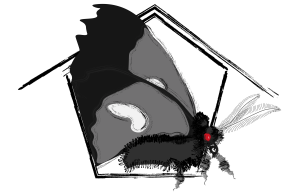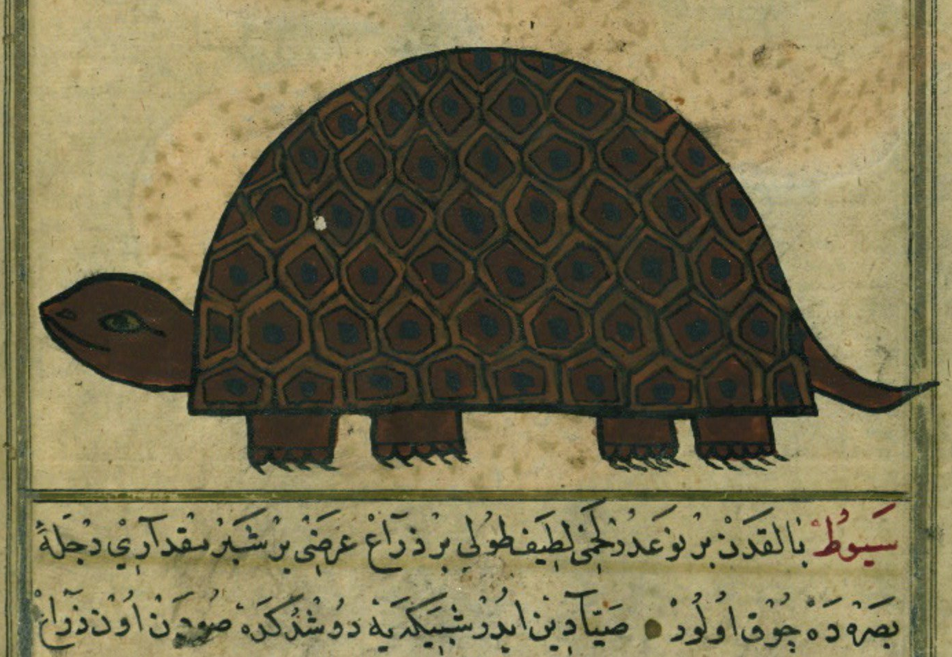
Medieval treatises on crime recognized several categories of thief. One group of housebreakers, the burrowers, simply dug their way through the mud-dried bricks in order to force an entry into the house they wanted to burgle. Other thieves employed hooked poles and grappling irons to fish things out of windows. Others used to make use of a tortoise with a lighted candle placed on its back. They sent this creature ahead of them into the house they proposed to burgle. If the house was currently occupied, then the owner would surely exclaim in surprise on seeing the tortoise (something along the lines of, ‘Oh, look! There’s a tortoise with a candle on its back. I wonder what it’s doing in my house’), and the thieves would be warned off. If, however, the house was unoccupied, then the candle on the tortoise’s back would help to guide the thieves as they went about their work. The tortoise was not the only creature to be of use to the professional criminal. In the course of his bizarre and lengthy treatise that purported to discuss the respective merits of the cock and the dog, Kitab al-Hayawan, the ninth-century essayist al-Jahiz remarks that the stranglers, who always work in gangs, make use of dogs. Whenever they strangle a victim, at the same time they beat their dogs, so that the barking of the dogs drowns out the screams of the victim, and the suspicions of respectable people in the neighbourhood are not aroused.
Robert Irwin. The Arabian Nights: A Companion. London: Bloomsbury Publishing, 2003. 140-41.
See also: “Islam’s Medieval Underworld” (Mike Dash, Smithsonian, 2013) and “The Medieval Thieves Who Used Cats, Apes, and Tortoises as Accomplices” (Ramsha Zubairi, Atlas Obscure, 2023).


Leave a comment